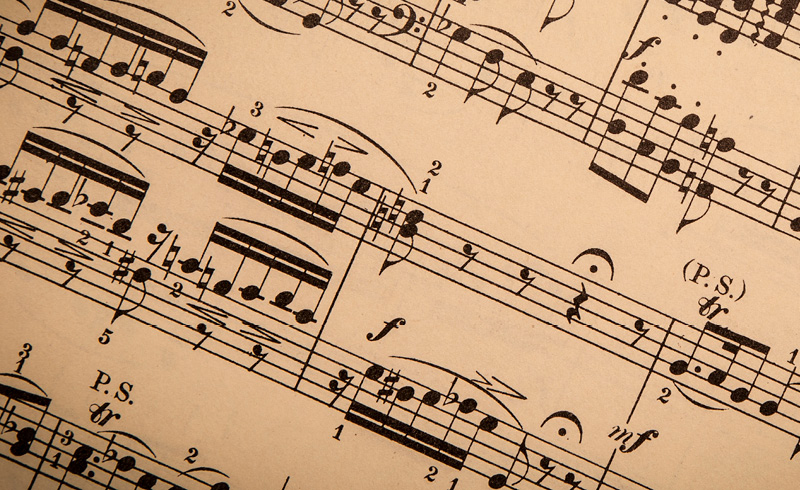
September 7, 2010
A salute to Mexico’s Independence
Intern Keith has returned to the blogosphere to give us a little bit of history on some of the Mexican composers we’ll feature during Sunday’s Chevron Fiesta Sinfonica concert. The concert is set to begin at 6 p.m. and is FREE to the public.
This year, another improbability brings these classics to our ears for maybe the first time. 2010 is the bicentennial of Mexico’s independence from colonial rule, and the centennial of the Mexican revolution.
Chevron Fiesta Sinfonica, a Houston Symphony tradition, is celebrating this rare occasion by bringing a free program dedicated to the music of Mexico’s most celebrated composers. Assistant Conductor Brett Mitchell will lead the orchestra beginning at 6 p.m. Sunday — just four days before Mexican Independence is celebrated. You may not recognize some of the composers’ names, but the sounds are very familiar.
Arturo Marquez’ Danzon No. 2 is a lively piece interspersed with periods of virtuosic lyricism. The music changes frequently, all without losing its underlying tango rhythm. It’s a work designed to showcase an individual (there are solos for violin, flute, trumpet), a section (the percussion section is especially active), and the orchestra as a whole.
 Marquez, whose father was a mariachi musician, seeks to incorporate his national influences into his works. Danzon No. 2, his most popular work, is named for a dance that originated in Cuba and Mexico. Premiered in 1994, the work has gone on to find worldwide acclaim. The electrifying piece has been called Mexico’s “second national anthem.”
Marquez, whose father was a mariachi musician, seeks to incorporate his national influences into his works. Danzon No. 2, his most popular work, is named for a dance that originated in Cuba and Mexico. Premiered in 1994, the work has gone on to find worldwide acclaim. The electrifying piece has been called Mexico’s “second national anthem.”
The colorful life of Silvestre Revueltas is reflected in his music. Born literally at the turn of the 20th century –Dec. 31st, 1899 — he studied music in Mexico and the United States, conducted the National Symphony Orchestra of Mexico, and worked for the Republicans in Spain during the civil war, leaving after the Nationalists consolidated power. He composed music for Mexican films, and even appeared in one titled “Vámanos con Pancho Villa!” where he appears as a piano player. In the scene, a shootout erupts, and Revueltas is seen holding a sign reading, “Don’t Shoot the Piano Player.” During his tenure as conductor, he began writing a string of orchestral pieces, including his most famous work, “Sensemaya,” based on the poem by Nicolás Guillén.

The music of composer Carlos Chavez shows a strong connection to the indigenous and folk music of Mexico. To him, it is “a reality of contemporary life, not…a relic to satisfy mere curiosity on the part of intellectuals.” Chavez wrote, “The force of indigenous art is rooted in a series of essential conditions… and imported manifestations opposed to the feeling of the music have been unable to destroy it because they have not succeeded in changing the ethical conditions of individuals.” Chavez is at the same time indicting Western art music for subjugating folk music, and praising the strength and durability of folk music itself.
In this way, he is a kindred spirit to Bela Bartok, who, around the same time, was composing in a nationalistic style in defiance of Western culture. Like Bartok, Chavez synthesizes indigenous music with Western instrumentation. The result, Sinfonía India, composed in 1935, is an eclectic pastiche of sounds. Chavez wrote in the program notes, “The great expressive strength of indigenous art is rooted in its intrinsic variety.” Listening to the piece is like taking a tour from city to city, each with its own sound world, its own canción. Once a section is played, it may never be heard again.
Nationality is not the only commonality between these composers. They are also united by generation. That makes this concert the rare concert populated entirely by 20th century composers. This ensures that the range of styles will be diverse and extraordinary. These works are of inestimable value to an emerging Mexican canon that is only beginning to be explored.






